After my visit to Lovely Lincoln my meanderings take me to another of these small and charming English cities, excellent Exeter. This city oozes much charm and packs a lot of character into its relatively small city centre which is enclosed by a wall. Comparisons could easily be made with other cities that have recently been visited in these shores – their similarities are startling. It’s surprising, that in my mission to visit every city in England, I haven’t been here sooner. About an hour’s drive from my current home, it is the birthplace of my mother and as a result was a regular destination for my school holidays.
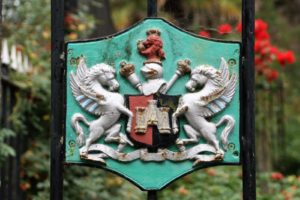
Surrounded by beautiful Devonshire countryside, the city’s location has been founded and forged over the centuries close to the river Exe. Unlike other cities the river doesn’t run through its heart, but the river has still played a key part in the city’s rise and fall. Perhaps the city centre is on raised land that overlooks this river and would therefore provide a strategic position. A walk down to the quayside would confirm its elevation above the river. The river and quayside like most other places in England would provide much of the wealth and regeneration of the city over the centuries before the railways came.
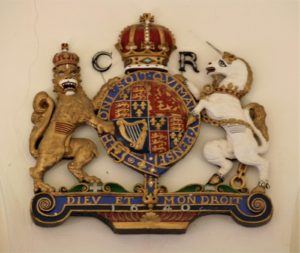
Exeter’s wealth was built around tin in the 11th century and wool in the 18th century. Exports at this time relied heavily on waterways and ports. Exeter is a good way from the English Channel so use of the estuary (at Topsham) and eventually manmade canals gave it two thriving ports. The first port used in Exeter wasn’t the quayside that I had discovered in the city centre but at Topsham on the outskirts. If more time was available perhaps a walk from the city to Topsham along the river might be advised, to explore and learn about this key part of the city’s history. When the Romans arrived at Exeter, they used Topsham as the port, although the river was navigable into the city centre. Over time, arguments ensued, greedy people who owned the port did strange things (weirs, mills and the like), ownership traded hands, which eventually led to a canal being built in the 15th century. This was expanded and developed in the 16th century as trade with Europe had grown. Due to the canal bypassing Topsham its port was ignored, and boats now embarked at the quayside near the city centre. This resulted in the first brick building in Exeter, the customs house. What was once a place for weighing and paperwork of imports and exports, it is now home to a museum/activity centre documenting this part of the city’s unique history. Sadly, time or access didn’t allow me to visit it. The rest of the quayside represents nothing of a port these days, canoes and kayaks the only noticeable boats in the harbour but it has undergone regeneration as quirky shops, eateries and drinking establishments adorn the industrious quayside to amuse this modern generation.
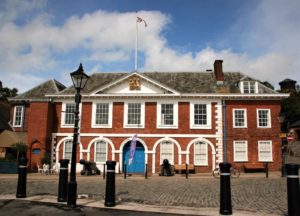
The quayside was a fascinating discovery to make about the city. I’d imagine I had been as a kid but it’s an area that I have rather disappointingly overlooked in recent times. As you leave the quayside you have to walk upwards towards the city. This confirms the raised hill that would have overlooked the river. It is here that you get your first glimpses of the city walls. The charm of the city is encapsulated like other favourite cities by these protective city walls. Exeter’s walls certainly aren’t as glamourous or accessible as others seen. They certainly seem a thing of nostalgia and neglect. The best views of the walls can be found situated in between Northernhay and Rougemont gardens. I rather stumbled across this tranquil set of gardens as I tried to get off the bustling high street. It was here that I discovered Exeter’s castle. Not much to report as I firstly found signs and information relating to history of the Castle and the former gatehouse. Access beyond this wasn’t easily found and not much sign of a keep. The parks are a combination of the former city walls, flowers and several statues. I would imagine on a nice summer’s day a perfect spot for relaxation and views of the city. Sadly, on my rainy autumnal day the views were washed away and I had the place pretty much to myself, each and every cloud.
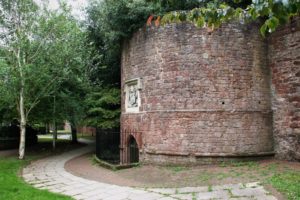
Exeter was thriving in the 11th century, tin trade brought wealth and prosperity. In turn there was a church established. This led to Exeter boasting as many as 30 churches in the city centre. Clearly not all remain as England’s turbulent history would impact on their legacy. I have discovered that as a result of this one of the streets in the city housed religious people and was referred to as ‘street of priests’. At the heart of the city lies its impressive cathedral. England is perhaps blessed with so much history. These cathedrals are a great demonstration of England’s turbulent and interesting past. The cathedral is surrounded by a close, entrances and walls. There is much to learn and discover about the cathedral and this particular area. It involves plots, executions and a royal visit to sort the mess out. As a result of that 12th century drama the building of a wall was commissioned by the King around the cathedral which had some 7 gates to provide access not only to the cathedral but the building yard that had caused the drama. A step inside the cathedral will lead to the discovery of a disappointing £7.50 entrance fee. The damp and wet weather outside meant that exploring this cathedral was a must, so payment was made to avoid traipsing around in the wet. Once the customary photos had been captured and the whole place had been explored it was time to get back outside. There is a green that surrounds one side of the cathedral which on sunnier days surely would be much more appealing. Along one side of the green is a row of houses that lead from one of the mentioned gates and merge into a warren of other buildings now housed in the city centre. A fire ravaged a hotel here recently (the oldest hotel in England?); building work has begun as it tries to return to former glories.
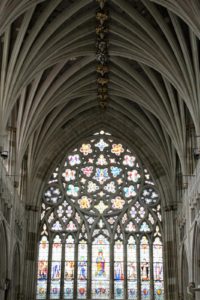
Exploring this intertwined maze of buildings is an absolute pleasure. Modern buildings hide the old ones. It is difficult to view these now as Exeter’s appeal for shoppers has enticed everyone in and people walk past carrying loads of bags. The new modern shopping complex is built a stone’s throw away from the cathedral yet has still managed to keep the ruins as part of its meandering landscape. Exploring here leads to many points of interest – alleyways, ruins, etc. – and my inquisitive nature leads me to explore some old churches and pubs. St. Martins church was a particular favourite and rumours are one of the oldest in the city. Its close proximity to the cathedral I found rather puzzling. The city has undergone some serious renovation in my short life time that I can visualise and remember. It is regarded as a excellent place to shop, wine and dine. How many of those enjoying those leisurely activities are blissfully unaware of the intriguing history and beauty in the city.
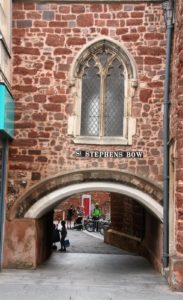
So excellent Exeter, a regular childhood destination, and place of former work has been added to my ever growing list of favourite English cities. I look forward to returning and exploring it again and again.
Exeter, England, United Kingdom
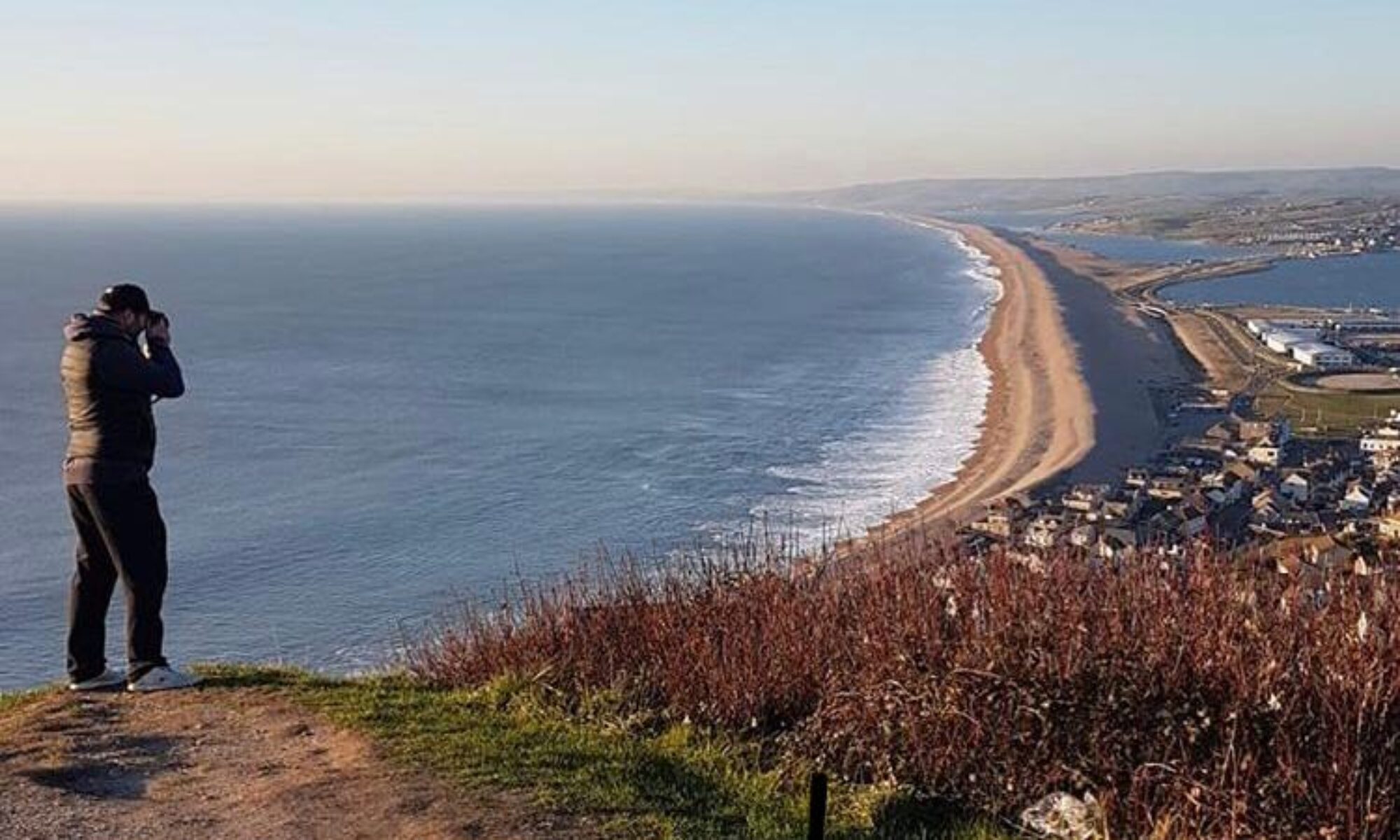
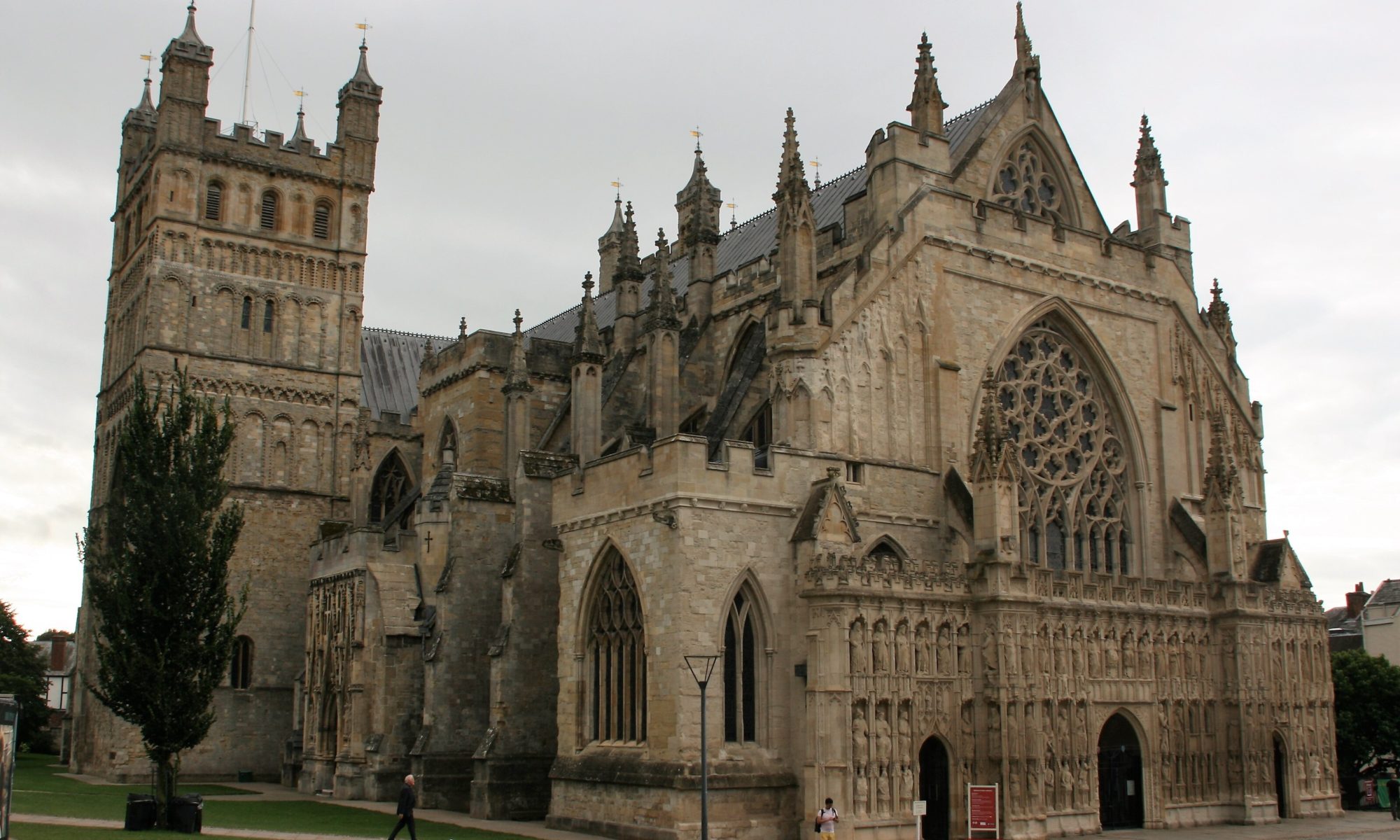
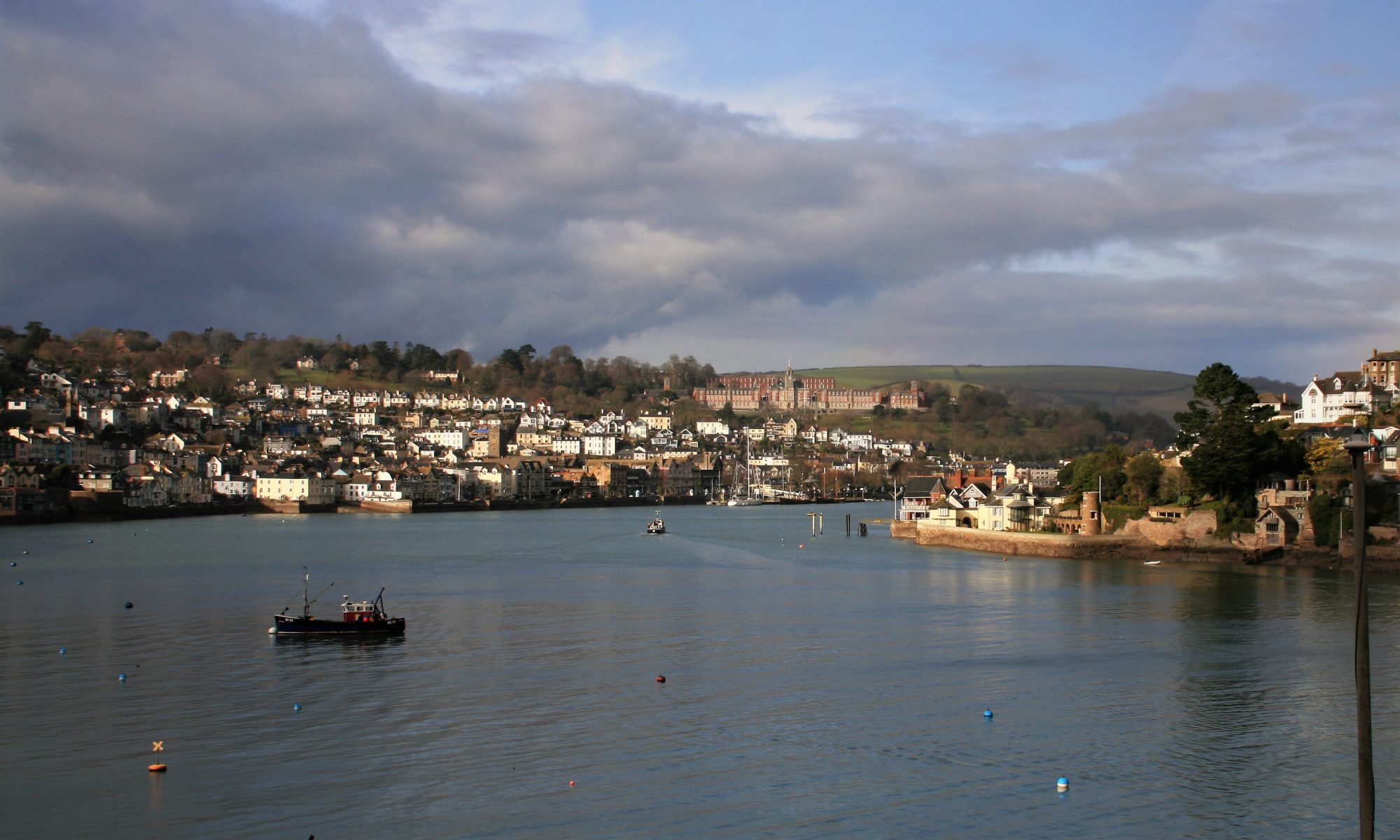

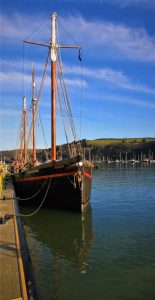
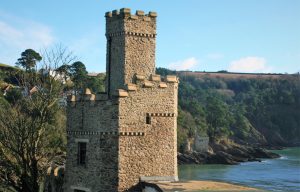











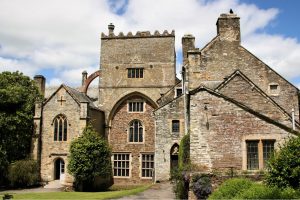
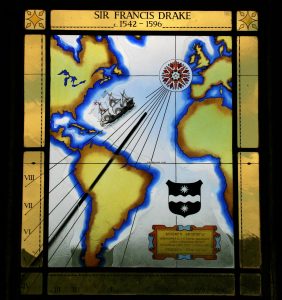
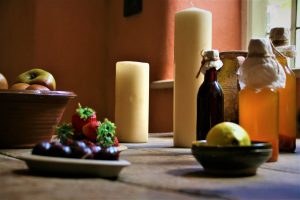
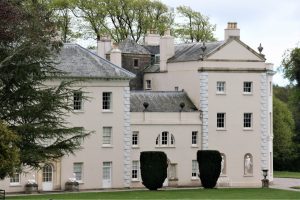 My latest
My latest 
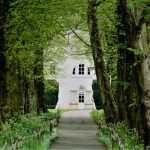 blue bells awash the ground like an artist’s pallet. Add to this the grass and weeds that can’t be touched so as not to ruin the spring flowers. Having read the signs and notices I didn’t jump in to get my picture, unlike the kid on a school visit. The walk along the tree path is a tunnel of green as the trees take full bloom now spring is in full swing.
blue bells awash the ground like an artist’s pallet. Add to this the grass and weeds that can’t be touched so as not to ruin the spring flowers. Having read the signs and notices I didn’t jump in to get my picture, unlike the kid on a school visit. The walk along the tree path is a tunnel of green as the trees take full bloom now spring is in full swing.